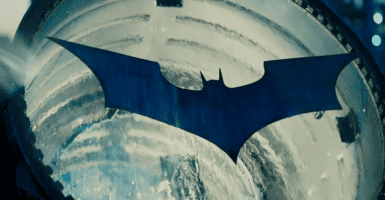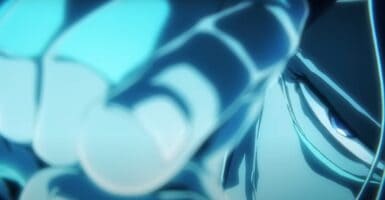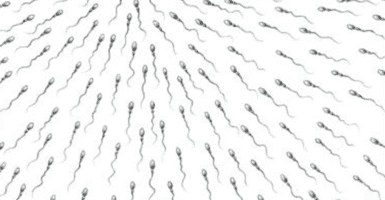Mars Used To Be An Ocean World?
Water on Mars may have been so plentiful, it could have been considered an ocean capable of sustaining life, scientists now theorize.
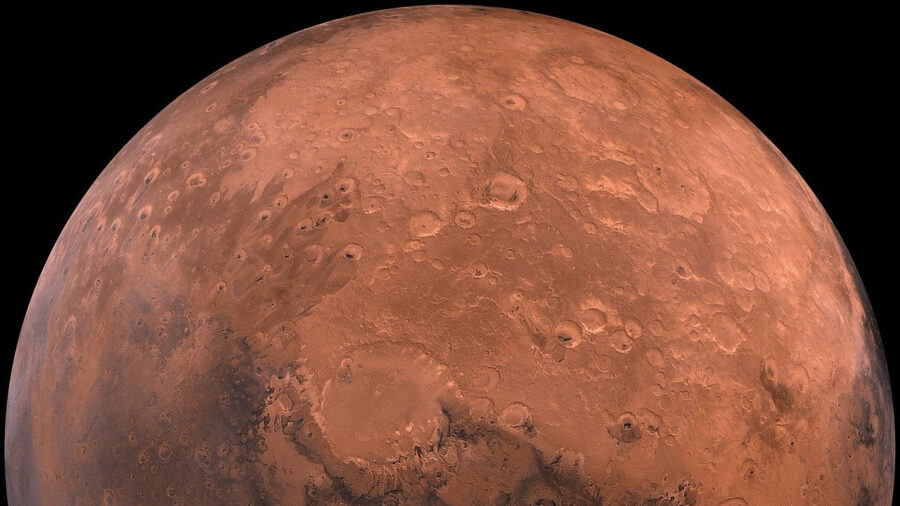
Known as the Red Planet, Mars was once a warm planet with massive amounts of flowing water. Science Alert reports that a new scientific study by the University of Copenhagen found that the first life in our solar system could have been sustained on Mars, which was once covered with water, possibly enough to be considered an ocean.
The red planet moniker for Mars comes from the dry, dusty landscape that consists of iron oxide, or rust, that is red in color. The current conditions of the planet show the atmosphere to be thin and cold, and the only form of water that can exist is ice.
For years, researchers have studied the planet to determine the longevity of the bodies of water that existed on Mars and if they were constant or intermittent. It has been agreed that the planet once did contain water, but the amount is still highly debated.
The new findings by a team of international planetary scientists reveal that the atmosphere of Mars 4.5 billion years ago could have contained an ocean nearly 1,000 feet deep that could have covered the entire planet.
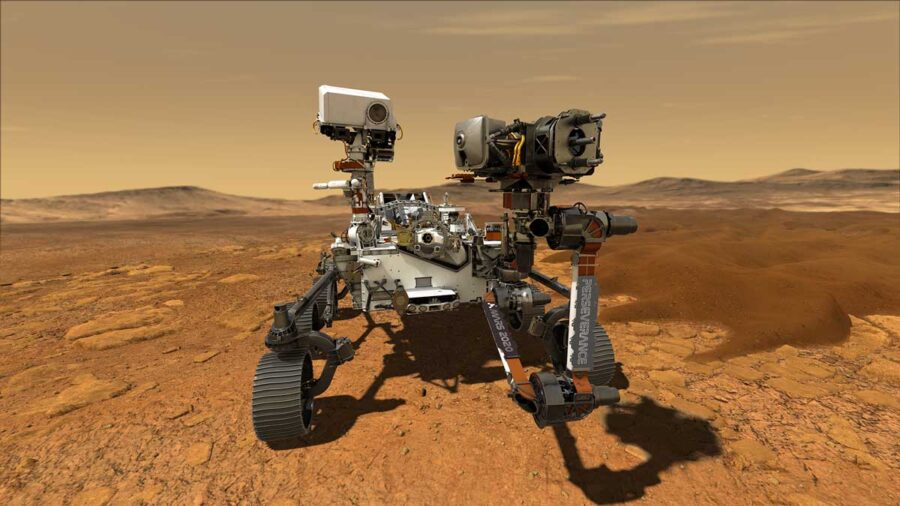
The organic molecules and other elements found throughout the Solar System by asteroids and comets indicate that Mars could have been the first planet with the ability to support life. Over the 100 million years of the evolution of Mars, the planet was bombarded with asteroids filled with ice, according to Professor Martin Bizzarro from the Centre for Star and Planet Formation. The water and organic molecules on the asteroids are biologically essential to support the right conditions for life to thrive. These molecules, such as amino acids, are required for DNA and RNA to form bases that contain everything a cell needs.
This phenomenon would have occurred in the first 100 million years of Mars’ creation. Much of the findings are gathered from meteorites ejected from Mars billions of years ago. Mars’ surface is solid and isn’t comprised of active plate tectonics like the Earth. Therefore, its history can be researched from these objects, giving more insight into what Mars was like shortly after the solar system formed.
The Earth’s tectonic plates move and are recycled and destroyed on the interior of our planet, which has erased the first records of the planet’s history. It is believed that during the time when Mars contained water and the possibility of life, the Earth experienced a massive collision with another Mars-sized planet which served as an energetic charge, wiping out all life on Earth, and the Earth-Moon system was created.
During the time frame that it is believed that Mars was at least partly covered in water, the Earth’s catastrophic collision left it void of water, making Mars the only planet with the right atmosphere to support life.
It is interesting to think that Mars, a planet that is void of water or any way to sustain life, could have been the first planet in our solar system with the correct atmosphere and conditions to see life thrive there.




